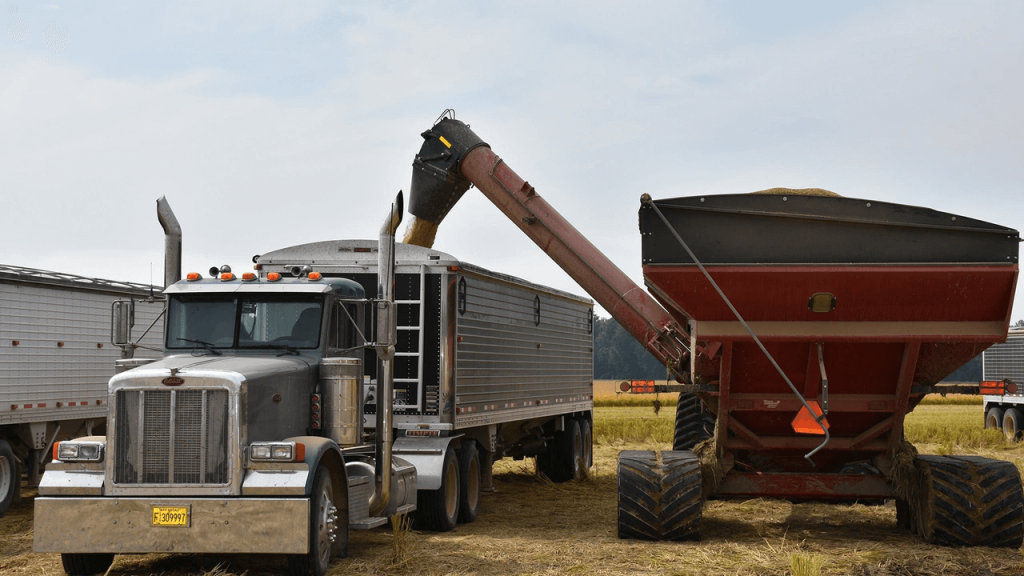Tags
ADM makes second 2024 sale of U.S. rice to Iraq
Iraq purchased 80,000 metric tons of U.S. long grain rice in August, the first after months of negotiations.
Forrest Laws

The ADM Rice Division’s sale of 44,000 metric tons of U.S. long grain rice to Iraq is being called “a breath of fresh air” for rice markets that haven’t had much of that commodity lately.
The sale, which is expected to be shipped in January, comes after India removed its Minimum Export Price, which had been the equivalent of $490 per metric ton. Other Southeast Asia rice prices dropped below $500 for the first time in more than a year, as a result.
The ADM sale announced on Nov. 8 followed the Iraqi purchase of 80,000 metric tons of U.S. long grain rice in August, the first after months of negotiations aimed at easing restrictions on Iraqi banks that would normally finance such shipments.
“We are grateful to see another shipment to Iraq as our farmers are finishing the harvest of this year’s crop,” said Keith Glover, chairman of the USA Rice Federation from Stuttgart, Ark. “We look forward to being able to supply the full 200,000 metric tons agreed to for this year’s Memorandum of Understanding.”
“In the face of cheap Indian exports and fierce competition from Thailand, Vietnam and Pakistan, this sale could not have come at a better time,” the U.S. Rice Producers Association said in its weekly newsletter, the Rice Advocate.
“The risk has been – and continues to be – that U.S. long grain gets sucked into the Indian vortex of rice supplies. Fortunately, the United States has enough strings attached to Iraq to ensure they make good on their MOU even when they can find cheaper rice elsewhere.”
Market speculation
The rice markets had been speculating for months on when India would remove its Minimum Export Price, which placed de facto restrictions on the country’s exports of rice. India was the world’s largest exporter of rice in the 2023-24 marketing year, shipping 16.5 million metric tons to African countries, Bangladesh and Nepal.
According to USDA, Iraq is the second largest long grain, milled export market for U.S. rice. The rice is purchased by Al Awees, a private entity, which signed the Memorandum of Understanding with the United States in 2021. The Iraqi government distributes the rice to its citizens.
“The financial restrictions that were imposed on Iraqi banks at the beginning of the year remain, but viable solutions have been developed that enable the continued flow of U.S. rice to this top market.,” the USA Rice Federation said.
U.S. rice sales to Iraq were halted in April when the U.S. Treasury Department’s Office of Foreign Assets Control banned eight commercial banks in Baghdad from buying U.S. dollars as part of a crackdown on currency smuggling. The ban limited the amount of dollars Al Awees could use to buy U.S. rice.
After the workaround was developed with the help of rice state congressional leaders, Al Awees purchased 80,000 metric tons of U.S. rice in August. The 44,000 metric tons announced in November brought the total to 124,000, leaving 76,000 metric tons to be bought under this year’s MOU.
U.S. long grain rice has been selling for $790 to $800 per metric ton, primarily because of the quality difference between U.S. rice and other countries’ grain, and India’s holding rice off the market through its Minimum Export Price.
Prices expected to drop
Now that the MEP has been removed rice prices in Thailand, for example, have dropped below $500 per metric tons and other exporters may follow suit as they try to compete with what are expected to be large quantities of Indian rice that could soon reach the market.
USA Rice has been working to bring a dispute case in the World Trade Organization against India’s subsidies for its rice farmers. The effort has been a slow process going back to the Trump administration that has not been helped by the WTO’s seeming reluctance to do anything in an expedient manner.
On Nov. 12 the Office of the U.S. Trade Representative filed its third counter-notification on India’s rice and wheat subsidies to the WTO’s Committee on Agriculture. The document details flaws in India’s notification methodology, which analysts say obscures the actual level of subsidies provided to India’s farmers.
“The measure estimates that if India correctly calculated the level of support they provide to their rice farmers through domestic subsidies, the levels would be at 87.6% and 87.9% of the market value in 2021-22 and 2022-23, respectively (compared to the 10% limit agreed to when it joined the WTO),” USA Rice said.
“In artificially stimulating rice production, India is forcing rice farmers in the U.S. and around the world to sell their crop below the actual cost of production, threatening the viability of the non-India industry and harming rural communities.”
The U.S. filed the WTO Committee on Agriculture’s first ever counter-notification in 2018 and a second in 2023, also against India’s rice and wheat subsidies, leading to India’s more regular notification of their support for rice each year since. The U.S. was joined by Australia, Canada, Paraguay, Thailand and Ukraine in the second filing and Argentina, Australia, Canada and Ukraine on the second.
“It is important to recognize that other key governments are also clearly alarmed by the growing economic damage caused by India’s behavior,” said Bobby Hanks, Louisiana rice miller and chair of the USA Rice International Trade Policy Committee. “Hopefully, this moves the needle closer to a dispute settlement case against India.”
https://www.farmprogress.com/rice/adm-makes-second-2024-sale-of-u-s-rice-to-iraqPublished Date: November 25, 2024






